10 Options For The Best Greenhouse Irrigation System
A reliable irrigation system is key to maintaining a healthy greenhouse. Different systems offer various benefits, and finding the right one can make a big difference in your garden’s productivity. The best irrigation system will provide consistent watering, reduce labor, and conserve water. It is important to evaluate each option based on your greenhouse size, budget, and plant types. Let’s take a look at some great irrigation solutions for your greenhouse.
This post may contain affiliate links, which helps keep this content free. Please read our disclosure for more info.
Drip Irrigation System

Drip irrigation is one of the most efficient watering methods for greenhouses. It delivers water directly to the plant roots, minimizing evaporation and runoff. This system is highly customizable, allowing you to adjust water flow to each plant’s needs. Drip irrigation is ideal for greenhouse environments, where water conservation and precision are important.
The system is easy to install and maintain, making it a popular choice among gardeners. Drip irrigation is suitable for both small and large greenhouses. It also helps reduce the growth of weeds by limiting water to the plants rather than the surrounding soil. This targeted watering method can save time and reduce water bills.
Sprinkler Irrigation System
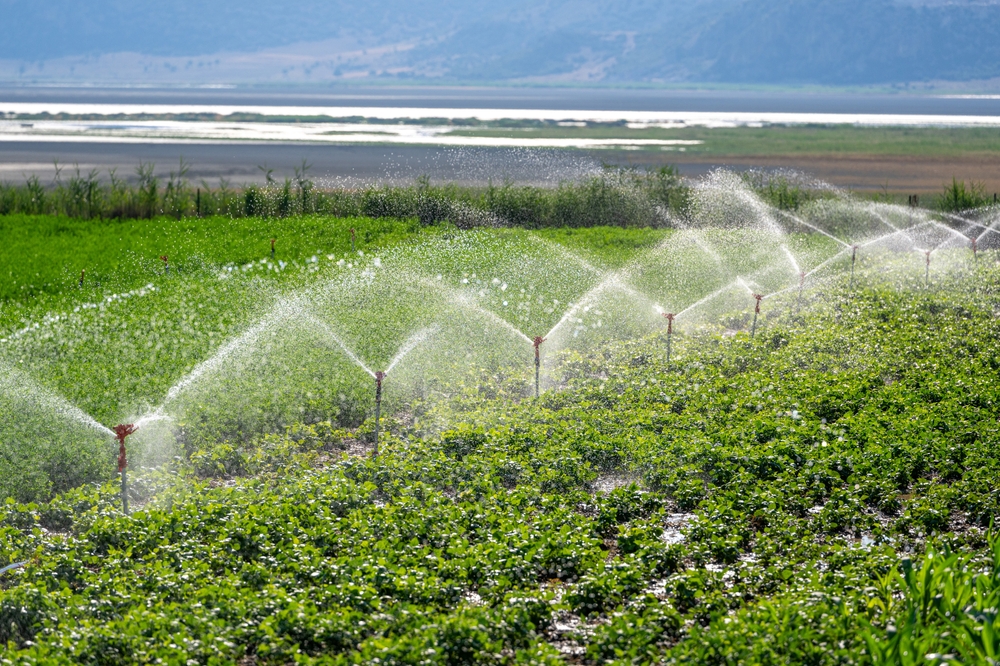
Sprinkler systems are a great option for larger greenhouses that need an even distribution of water. These systems spray water across the entire greenhouse, mimicking rainfall and ensuring coverage for all plants. Adjustable sprinkler heads allow you to control the direction and intensity of the spray. They are easy to install and maintain, making them a convenient solution.
Although sprinklers can cover a wide area, they may waste more water than drip irrigation systems due to evaporation. This method is best suited for greenhouse crops that do not require precise water delivery. Sprinkler systems are great for seedlings and young plants that need an even, light watering. For best results, ensure your sprinkler heads are set at the right height to avoid overwatering.
Misting System
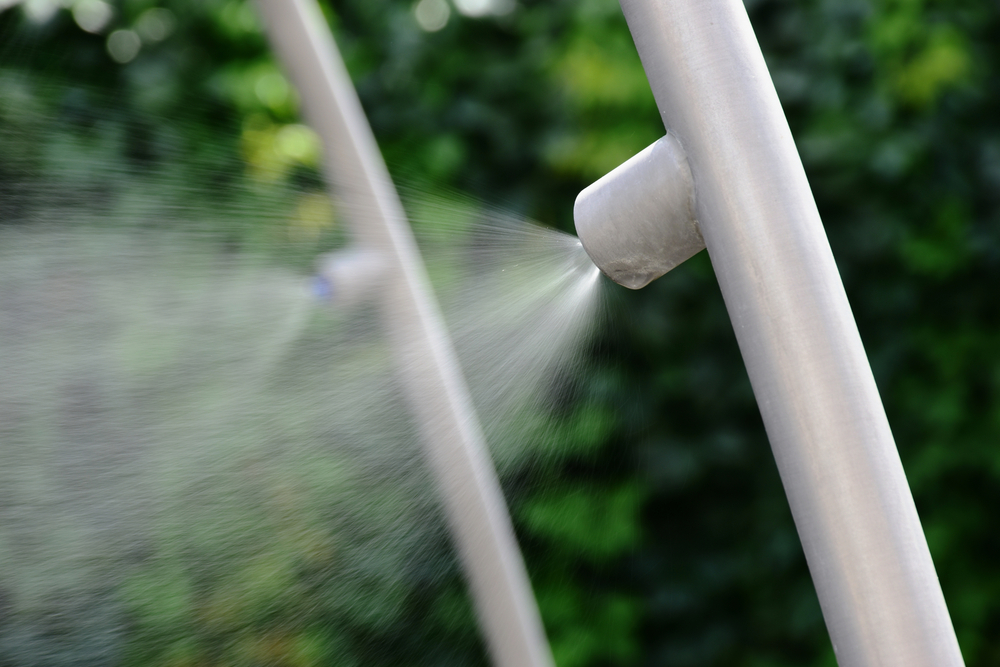
Misting systems are ideal for high-humidity environments where plants thrive in moist conditions. They work by releasing a fine mist of water, which raises humidity levels and helps keep the plants cool. This system is often used for tropical plants that require a lot of moisture in the air. Misting is also useful for seed germination and for maintaining optimal conditions for plants that are sensitive to dry air.
Misting systems can be automated with timers to deliver water at specific intervals. They are highly effective in maintaining humidity levels, but they can be water-intensive. Misting may not be suitable for plants that require more direct watering or those in drier conditions. The system’s effectiveness depends on the size of your greenhouse and the humidity needs of your plants.
Soaker Hoses
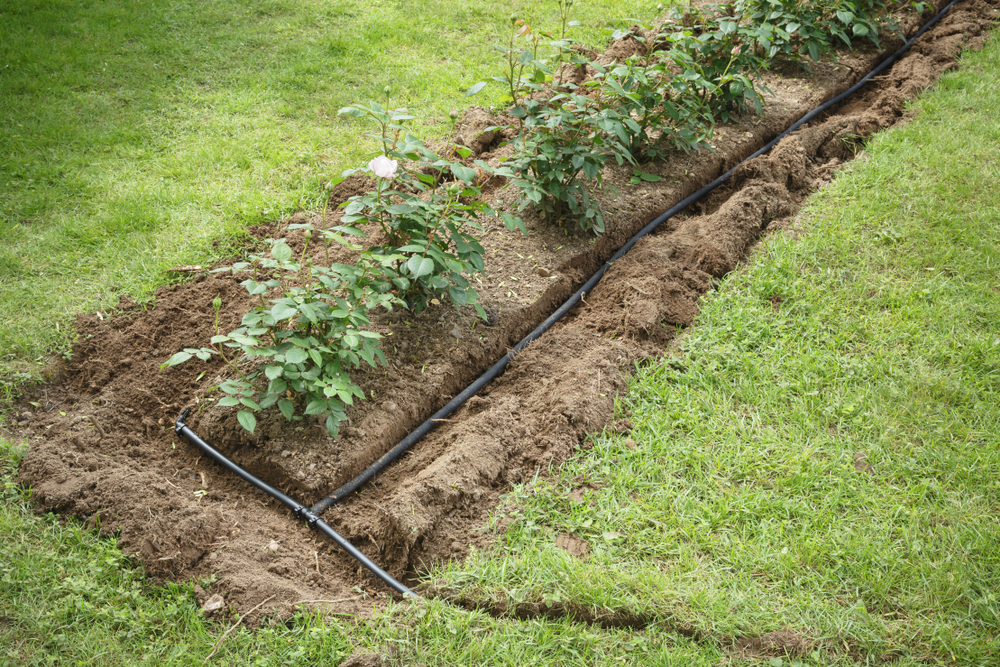
Soaker hoses are a simple and cost-effective solution for greenhouse irrigation. These hoses have small holes along their length, allowing water to seep out slowly and evenly. They can be laid on the surface of the soil or buried under mulch to deliver water directly to the plant roots. Soaker hoses are easy to install and require minimal maintenance.
One of the advantages of soaker hoses is that they reduce water waste and deliver water directly to the soil, preventing evaporation. They are best used in smaller greenhouses or for plants that are closely spaced. Soaker hoses are less precise than drip systems but can still provide consistent watering. They are ideal for greenhouse gardeners looking for a budget-friendly solution.
Flood and Drain (Ebb and Flow) System
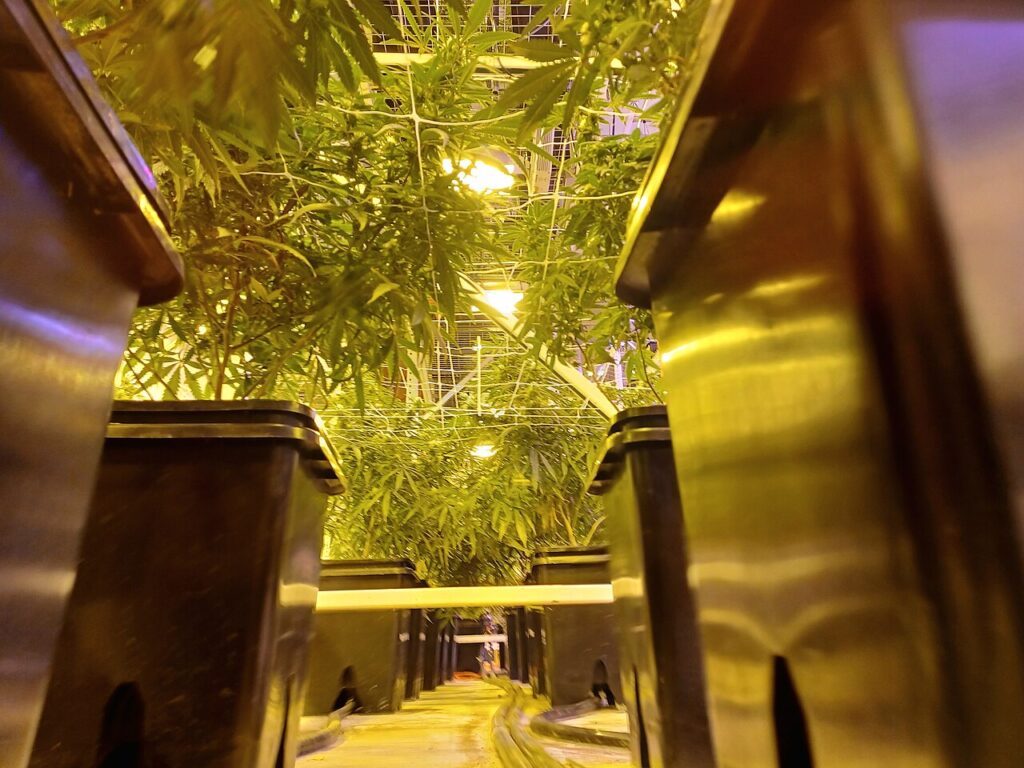
The flood and drain irrigation system, also known as the ebb and flow system, is popular for hydroponic setups. This system works by periodically flooding the greenhouse floor with water, allowing it to soak into the plant roots, and then draining the water away. It is efficient and helps maintain proper oxygen levels in the root zone. This method is often used for growing in trays or containers.
While this system is ideal for hydroponic growing, it may not be suitable for traditional soil-based plants. The ebb and flow system helps improve plant growth by ensuring the roots receive enough water and oxygen. This system can be automated to reduce labor and ensure consistency. Regular maintenance is needed to ensure the pump and drainage system are functioning correctly.
Subsurface Drip Irrigation System
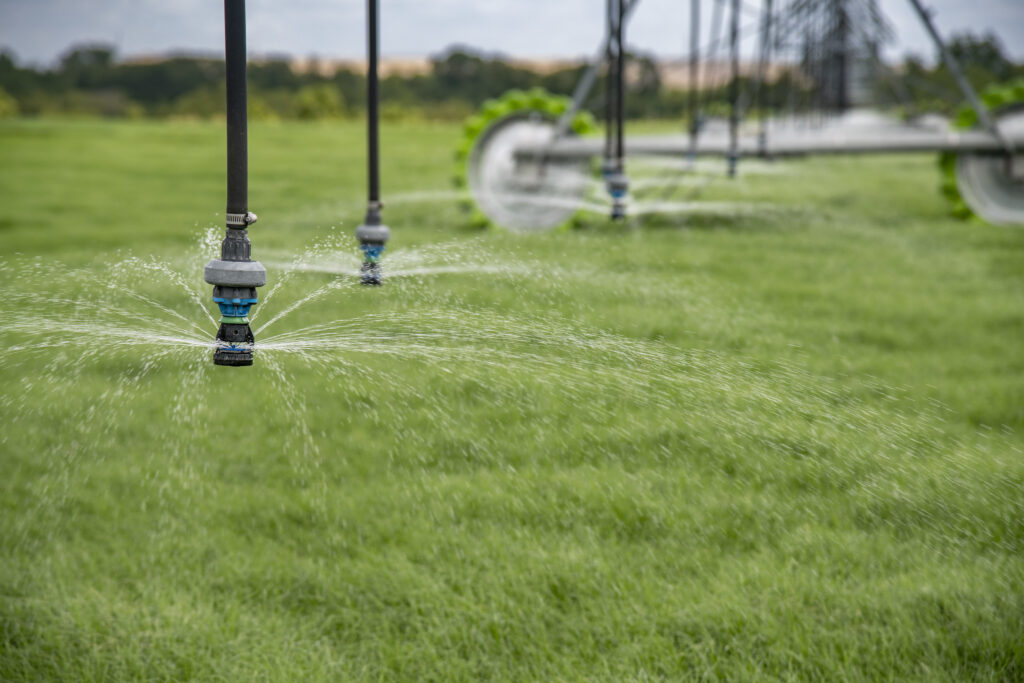
Subsurface drip irrigation is an advanced version of drip irrigation, where the water is delivered underground to the plant roots. This system reduces evaporation and eliminates water runoff, making it more efficient than traditional surface irrigation methods. It is perfect for larger greenhouses or areas where water conservation is a priority. Subsurface drip systems also help prevent weed growth by watering directly to the plant’s root zone.
The installation of a subsurface drip system requires more effort and cost than surface drip irrigation, but it offers better results in terms of water efficiency. It can be used for various crops, including vegetables, herbs, and flowers. This system works well in both hydroponic and soil-based growing environments. For optimal performance, regular monitoring and maintenance are essential.
Hydroponic Irrigation System
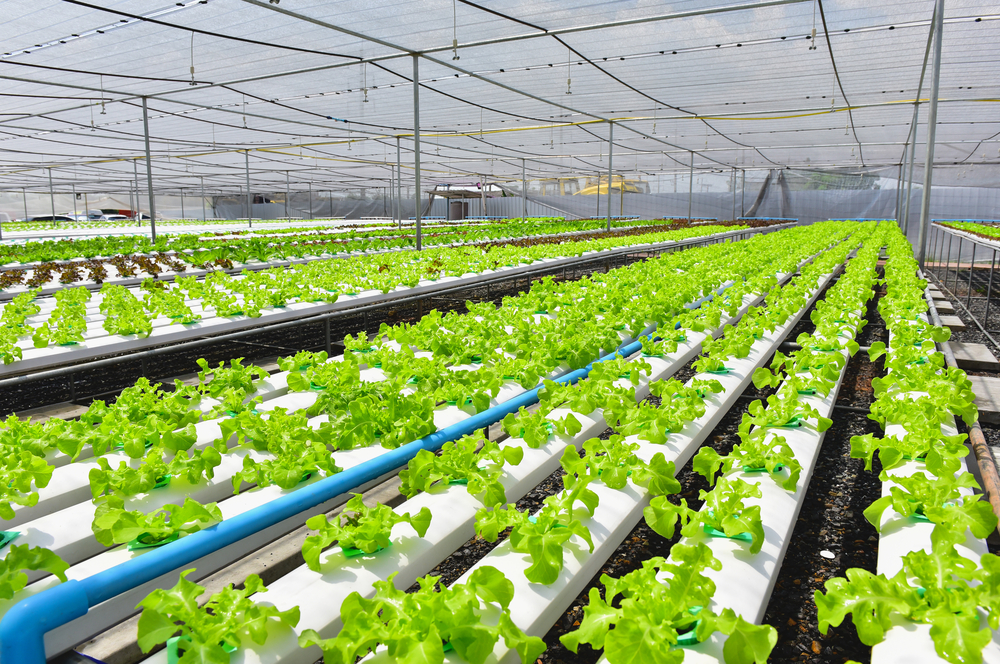
Hydroponic irrigation systems are specifically designed for soil-free growing. They deliver water and nutrients directly to the plant roots using a water-based solution. Hydroponics can be done using different methods, such as nutrient film technique (NFT) or deep water culture (DWC). These systems are ideal for greenhouses that focus on growing crops like lettuce, herbs, and strawberries.
Hydroponic systems can be more expensive to set up than traditional irrigation systems, but they provide precise control over water and nutrients. They are highly efficient in water use and can yield faster growth rates. The system requires careful monitoring of pH and nutrient levels. Proper setup and maintenance can ensure healthy plant growth and high yields in a controlled environment.
Automated Irrigation System
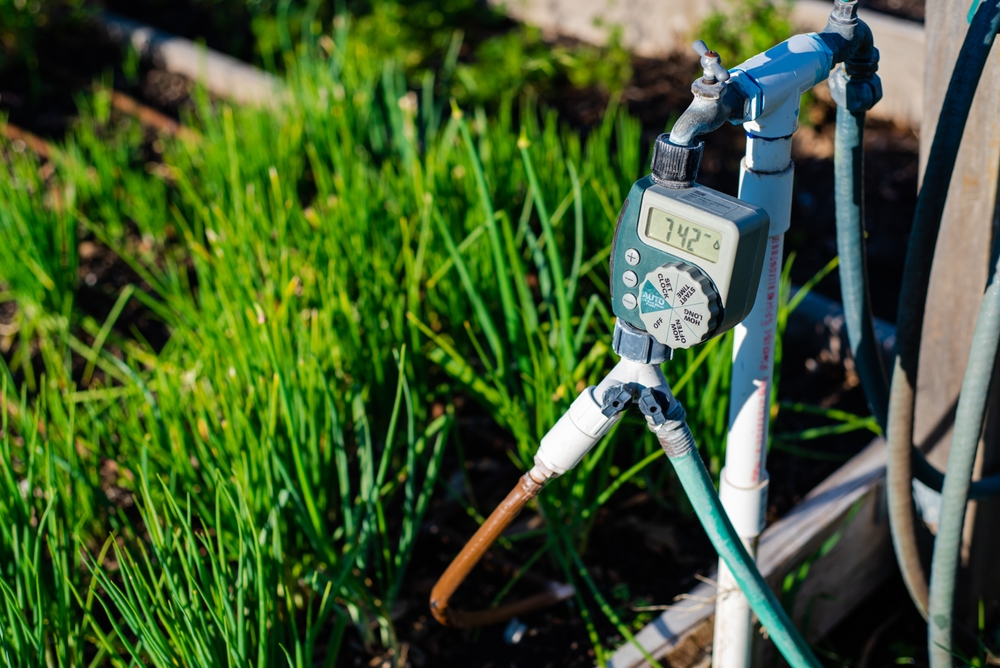
Automated irrigation systems are designed to make watering your greenhouse as convenient as possible. These systems use timers, sensors, and controllers to deliver water to your plants on a set schedule. Automation helps ensure your plants receive consistent watering, even when you are not around. Depending on the system, you can set up different zones for various plant needs.
Automated systems are ideal for larger greenhouses where manual watering would be time-consuming. They can be combined with other irrigation methods, such as drip or sprinkler systems, to maximize efficiency. With the ability to adjust schedules and water levels, these systems offer great flexibility. Regular cleaning and checking of the system are important to keep it running smoothly.
Wick System
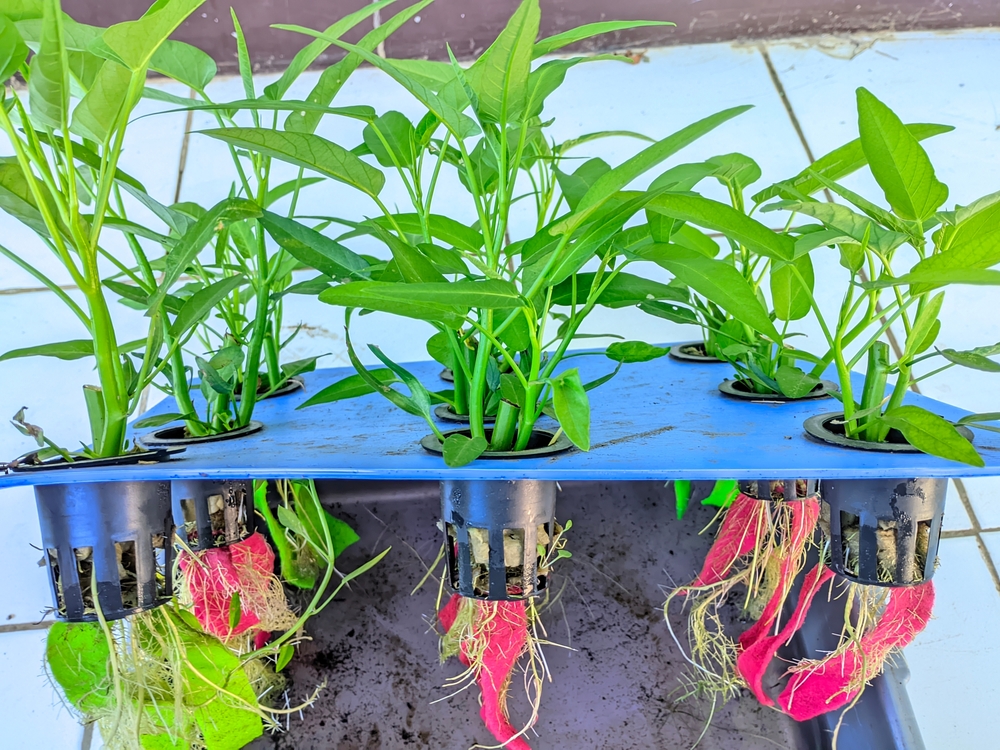
A wick system is a simple and low-maintenance irrigation method. It uses a wick, often made from fabric or string, to transport water from a reservoir to the plant roots. This system is best for small greenhouses or container gardening, where the plants are in individual pots. The wick system ensures that plants receive a steady supply of water without the need for frequent attention.
While the wick system is easy to set up and requires little maintenance, it may not be suitable for larger greenhouses. It works best with plants that do not need large amounts of water at once. This method is ideal for starting seeds or growing small plants in containers. It is an affordable and efficient solution for gardeners with limited space or those just starting out.
Drip Tape Irrigation System
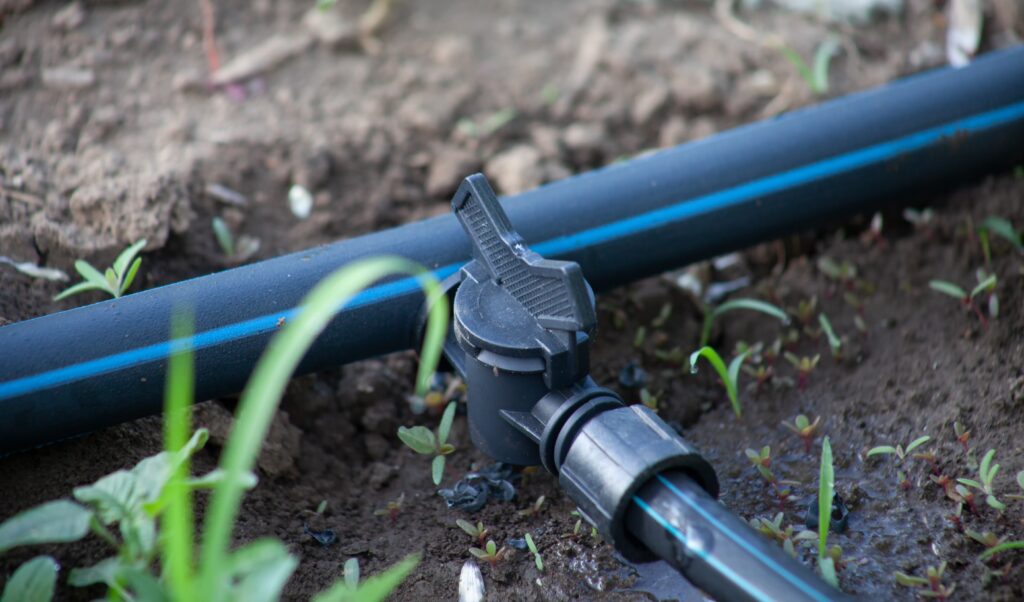
Drip tape irrigation is a variation of the traditional drip system, where water is delivered through a flat, perforated tape. This system is efficient for larger greenhouses or areas with rows of plants. It provides a steady stream of water directly to the roots, reducing evaporation and runoff. Drip tape is inexpensive and easy to install, making it a great option for large-scale growers.
Drip tape is particularly useful for crops that have closely spaced rows or require a consistent water supply. It is best suited for growing vegetables, flowers, and other plants that do well with steady irrigation. The system can be adjusted to suit different plant needs, providing targeted watering. Drip tape irrigation is a reliable and cost-effective solution for maintaining optimal moisture levels in your greenhouse.
With so many options to choose from, it is important to select the system that works best for your setup. By making the right choice, you can ensure your plants receive the water they need without unnecessary waste.
This article originally appeared on Avocadu.
